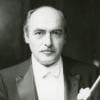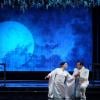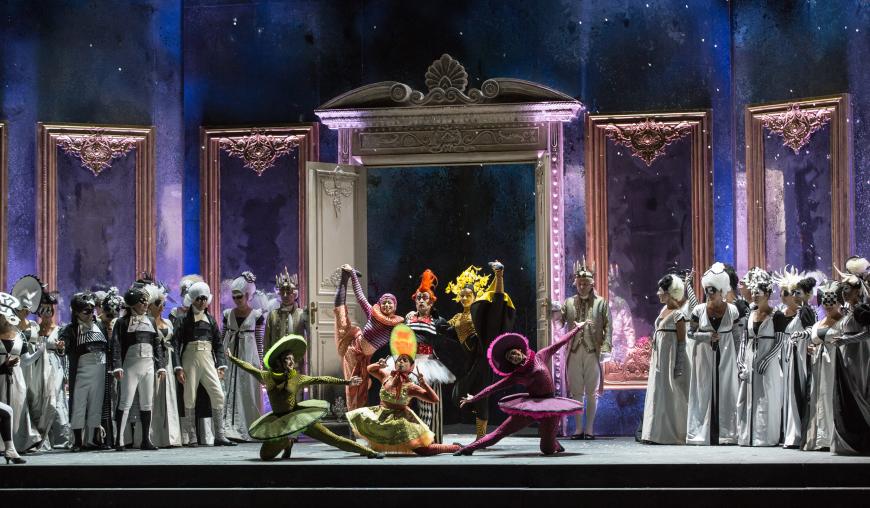
San Francisco Opera’s next season is likely to focus on quality over quantity. The 2024–2025 schedule will see the continuation of Music Director Eun Sun Kim’s signature Verdi-Wagner initiative, a company premiere, and the return of repertory favorites, though the number of productions announced today is at a near-record low for the company in its 102-year history.
See further below for comparisons with other seasons and comments from SF Opera’s general director.
The company with an estimated $91 million operating budget will present six productions and two concerts in the coming year, running from the Opera Ball on Sept. 6 through the end of the summer season on June 27, 2025:
— Giuseppe Verdi’s Un ballo in maschera, Sept. 6–27
— Poul Ruders’s The Handmaid’s Tale, Sept. 14 – Oct. 1
— Richard Wagner’s Tristan and Isolde, Oct. 19 – Nov. 5
— Concert: Beethoven’s Ninth Symphony, Oct. 26
— Georges Bizet’s Carmen, Nov. 13 – Dec. 1
— Giacomo Puccini’s La bohème, June 3–21, 2025
— Mozart’s Idomeneo, June 14–25, 2025
— Pride Concert, June 27, 2025
Tickets are available at 415-864-3330 and online.
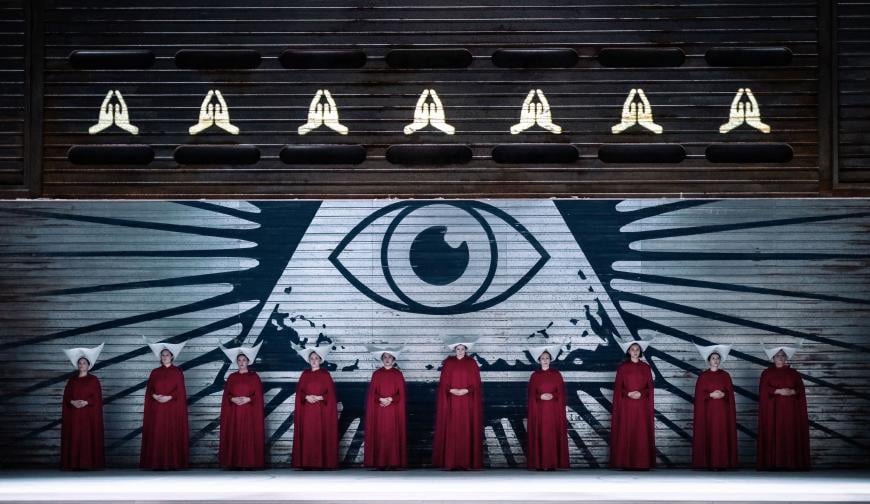
When it comes to excitement about the quality of the season, no one can match the man who is largely responsible for the programming. SF Opera General Director Matthew Shilvock told SF Classical Voice:
“I’m so excited for this season because I feel it will continue the energy in the opera house that we’ve seen in the last few years, bringing transformational artistry, telling stories of this moment, and connecting with existing and new audiences alike. We’re at a huge inflection point for the arts in America, and it’s imperative that we keep creating total artistic experiences that transport audiences and nurture the soul of the city.
“I was at a dinner at Santa Fe Opera in 2018 and was seated next to a wonderfully spirited, convivial gentleman. It was Poul Ruders, whose operatic version of The Handmaid’s Tale we had already determined to produce in 2020 in a new co-production with [the Royal Danish Opera]. It has been an honor to get to know Poul and to know his devotion to bringing this story — increasingly and scarily prescient — to audiences through music at once visceral and ethereal.
“It was originally to be on our stage in 2020, but the work sadly has even more resonance now in 2024, and I think it promises to be a major moment for SFO, particularly so coming just a few months after that equally impactful, searing work, [Kaija Saariaho’s] Innocence [part of SF Opera’s 2024 summer season]. These are striking examples of how opera can illuminate human truths in a unique way.”
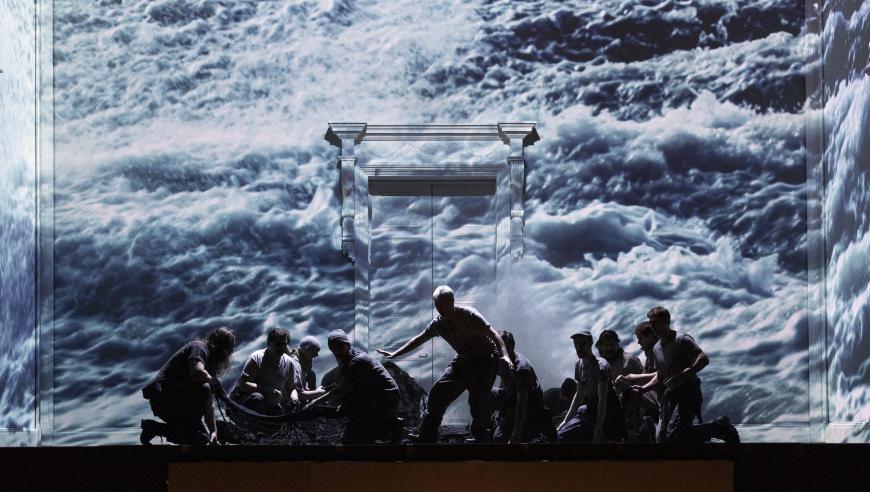
Shilvock continued: “I’m thrilled that we’re getting to bring Idomeneo back to the War Memorial [Opera House]. This was Mozart’s first masterpiece, written with all of the youthful exuberance of a 24-year-old genius, taking the forms and conventions of serious opera and exploding them into a humanistic expression of moral dilemma.
“I get chills imagining this music under the baton of Eun Sun and am excited by the production from Australian director Lindy Hume.
“Idomeneo fundamentally pits humans against nature and reminds us that nature will always win. This production does so with spectacular projections, filmed off the coast of Tasmania with wild seas and craggy coastlines. I’m heading to see the production in Sydney in a few weeks and can’t wait to bring it to the Bay Area.
“Tristan and Isolde is one of those pinnacle moments for any opera company that showcases artistry at the highest levels of impact. Wagner bends time with this work, taking us into a reality unlike anything created before or since. It’s as though the entirety of humanity is distilled into a moment of emotion so intense that we feel the boundaries of time and space changing.
“The greatest presentations of Tristan are those that invite the audience to take that cosmic journey, and between the exquisite artistry Eun Sun will bring and the spacious elegance of Paul Curran’s production, I think that audiences will be able to take that space-time journey this October. There’s nothing else like it in human creation.”
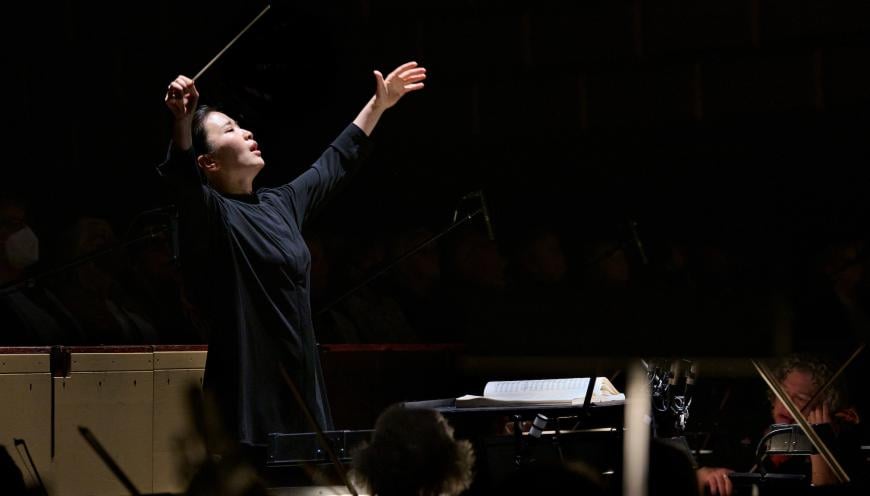
Kim is conducting new productions of Un ballo in maschera and Tristan and Isolde, as well as Idomeneo and the Beethoven concert. Those first two works are part of Kim’s ongoing initiative, announced by SF Opera in 2022, to lead one opera by Verdi and one by Wagner each season.
The international cast of Un ballo in maschera includes American tenor Michael Fabiano, Armenian soprano Lianna Haroutounian, Mongolian baritone Amartuvshin Enkhbat, Romanian mezzo-soprano Judit Kutasi, and Chinese soprano Meigui Zhang.
Karen Kamensek conducts The Handmaid’s Tale, with Irene Roberts, Lindsay Ammann, Sarah Cambidge, John Relyea, Simone McIntosh, and Christopher Oglesby in the cast.
Simon O’Neill and Anja Kampe sing the title roles of Tristan and Isolde; the cast also includes Wolfgang Koch, Annika Schlicht, and Kwangchul Youn.
Benjamin Manis conducts Carmen, with Eve-Maud Hubeaux in the title role and a cast also featuring Jonathan Tetelman, Louise Alder, Christian Van Horn, Christopher Oglesby, and Alex Boyer.
La bohème is conducted by Ramón Tebar; the cast includes Pene Pati as Rodolfo (alternating with Evan LeRoy Johnson), Karen Chia-ling Ho as Mimi (alternating with Nicole Car), Lucas Meachem as Marcello (alternating with Will Liverman), Andrea Carroll as Musetta (alternating with Brittany Renee), and Bogdan Talos as Colline.
The title role of Idomeneo falls to Matthew Polenzani; Daniela Mack is Idamante, Ying Fang is Ilia, and Elza van den Heever is Elettra.
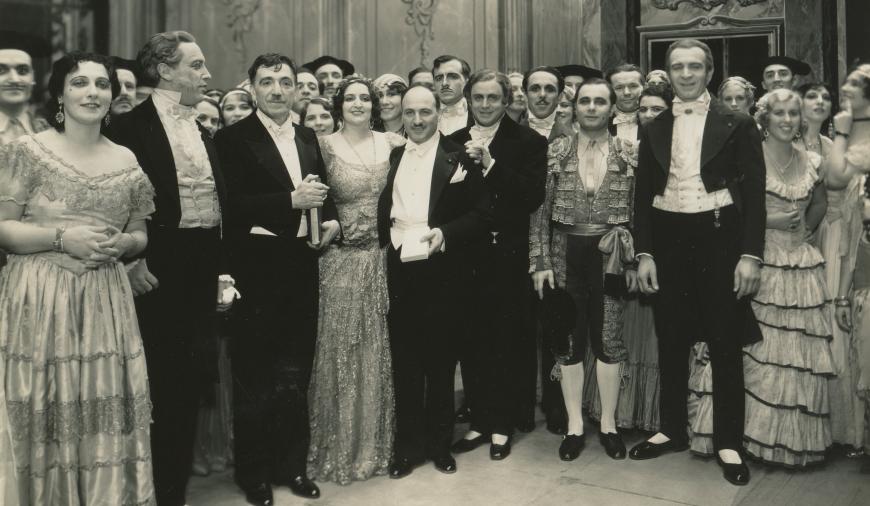
Consider some of these numbers from past seasons against the six productions that make up the 2024–2025 schedule:
— 1923, SF Opera’s first year: 10 productions (including a triple bill and a double bill)
— 1932, the worst part of the Great Depression: 11 productions (including a double bill)
— 1942, the U.S.’s first full year in World War II: 12 productions
— 1945, in the immediate aftermath of the war: 17 productions (including two double bills)
— 1960, a year of stagnation, high unemployment, and high inflation: 15 productions (including two double bills)
In 1923, SF Opera was born without funds or supporters (other than the Italian immigrants who created the company) and with audiences still to be recruited, and yet there were 10 productions with some of the best singers from faraway Europe, at a time long before airplanes made travel easy. As Shilvock points out below, there were fewer performances per opera, limited rehearsals, and other factors to consider. Still, those were the days.
From the beginning, SF Opera and its home city have survived and prevailed in the years between the Big Quake, two world wars, the Spanish Flu (which killed 3,500 in a city half the size of what it is now, when COVID casualties totaled 1,500), the Great Depression, and much else.
And the past decade hasn’t been easy. In 2014, Shilvock’s predecessor, David Gockley, warned of “the structural problems we face as a company and some of the systemic issues facing the [opera] industry as a whole.” Current management underwent a housecleaning in 2019, and then there was the post-pandemic resurrection.
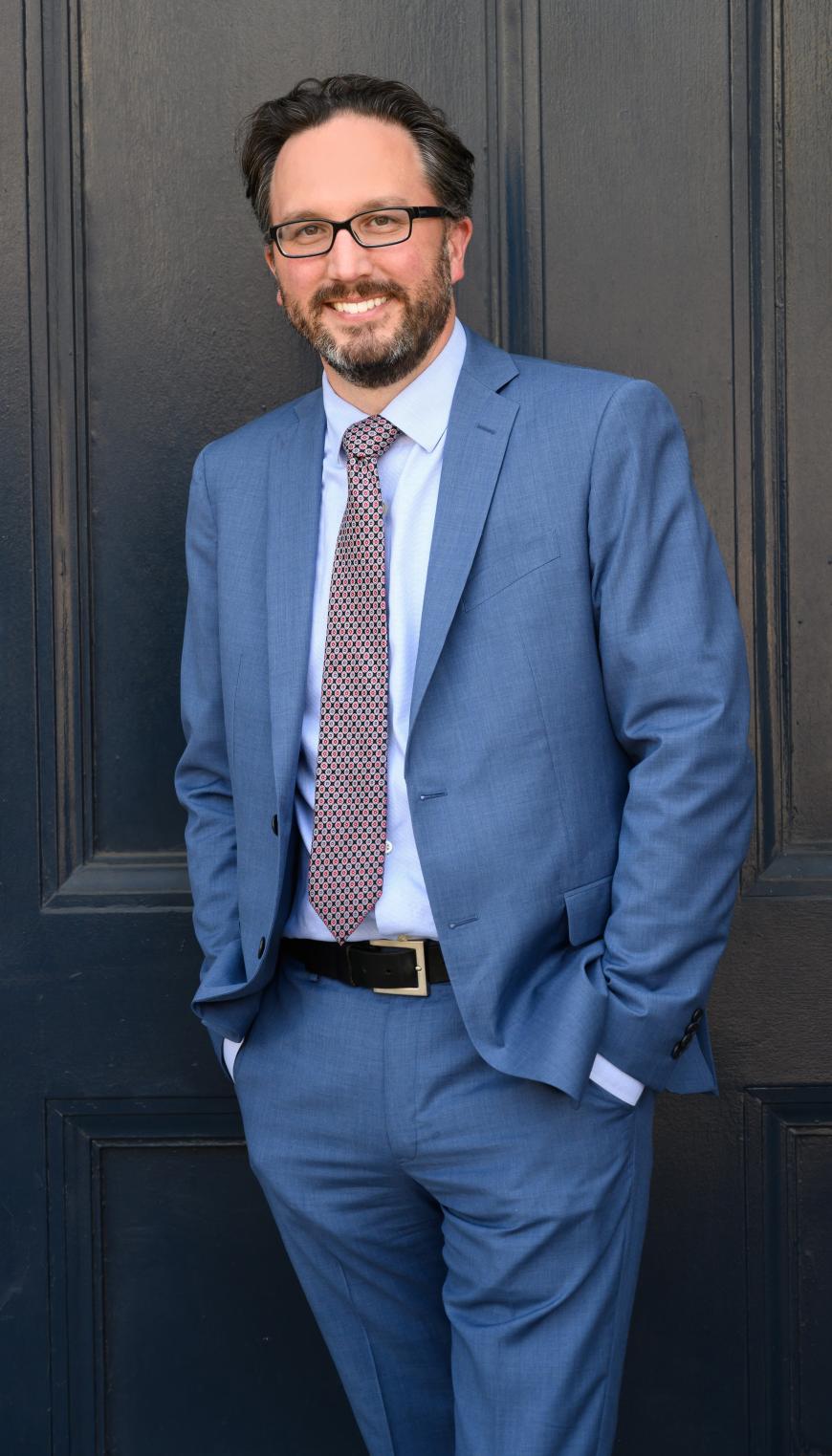
Asked to comment, Shilvock told SFCV about the limited number of productions:
“I see the arts in America today as a tale of two realities. On the one hand, there is an exhilarating energy in the opera house with incredible creative fervor onstage and a dynamic vitality in our audiences. …
“However, there is another reality that we are also living, and that is one in which the financial model of the performing arts is at a breaking point, felt across America and resulting in the programming of more modest seasons in many companies.
“This is not the result of the pandemic (although the pandemic accelerated these trends) but rather the result of at least two decades in which expense growth has outpaced revenue growth in the arts.
“We have worked incredibly hard as a company to keep expense growth to 2–3 percent a year (which can be very challenging when healthcare escalates at 10–15 percent), but our revenues are growing at 1 percent a year at best. Each year we must find $2.5–3 million of new revenue just to do exactly the same thing as we did the year before. The compounding impact of that over time is staggering.
“From 2019 (the final season before the pandemic) to now, that is some $15–18 million of new revenue that we must bring in each year, and that is almost exclusively from donors. This has meant that the company’s budget for an eight-opera season is now in the mid $90 millions. While extraordinary donor support has enabled that in our 100th and 101st seasons, that is simply not sustainable going forward.
“Ticket sales now only cover 16 percent of our revenue — a linear decline from 60 percent in the 1960s resulting from increases in total expenses, a gradual reduction in the total number of performances over many years, and changing buying habits away from full subscription packages. This means that donors are being asked to take on a larger and larger obligation each year. …
“The number of titles in a season has varied wildly over time, as has the nature of how we produce. When the Opera House opened in 1932, we spent a decade or so producing 14-or-so titles a season, but all within the space of three weeks! It was basically one performance of each opera, presumably with next to no rehearsal and singers taking on multiple major roles on consecutive days.
“It’s hard to imagine how it worked, but it did, and with legendary performances like [soprano] Kirsten Flagstad’s first Ring cycle. Over the years there have been other changes to our format. For many years we didn’t have a summer season. And for 30 years we toured the season down to Los Angeles as well as [to] other West Coast cities.”
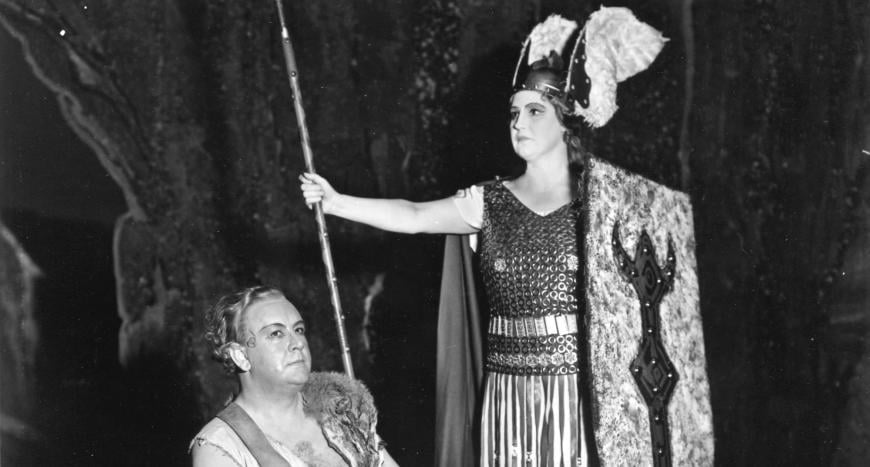
Shilvock continued: “In 2000, the company offered 11 productions and 86 performances; our 2024–2025 season will be 41 performances of six operas. This has been a gradual change over 25 years … and each point [has represented] the viable size of a season based on [available] revenue at that point in time.
“What is critical is that we maintain the artistic excellence and creative vitality with the resources we have. But it is also critical that we now look to radical change in resetting the model to ensure the viability of the performing arts for future audiences. …
“We will present as much opera as our revenues allow, and at the moment, that means six titles and casts, along with two concerts in the Opera House, while also sharing all our productions with the world via our livestream series [and] connecting the community with the Opera through innovative programs like Opera Out of the Box and the Encounter series, immersive community programming, beloved annual events such as the Opera in the Park concerts, and continued young artist training at the highest levels with our Adler Fellowship Program.
“The management and board are working hard to define what the future will look like, but what I hold most true is that we must remain a company able to produce artistry at the highest levels of excellence. … That is the great legacy of San Francisco Opera, and that must define our future.”


